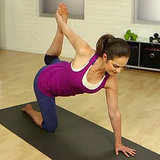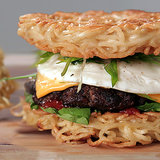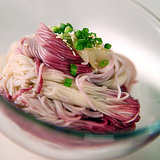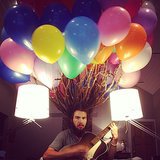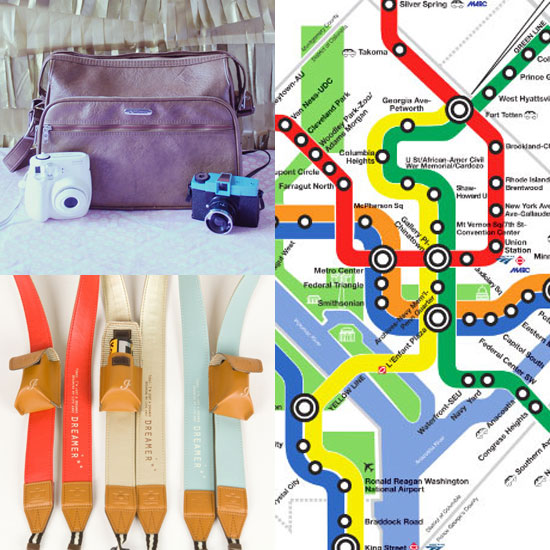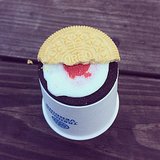How to Light Paint
How to Light Paint in 5 Steps
Light painting, the night photography technique where streaks of light and color somehow move through a still picture, results in the coolest photographs on the web, and it doesn't take years of professional experience to master. On a recent photography excursion with Sony, I light painted with the company's camera experts and learned it's nowhere near as intimidating as first thought — plus, long Summer nights are the perfect excuse for practice sessions. Learn to create messages, drawings, or whatever inspiration may strike with these five steps to light painting like a pro.
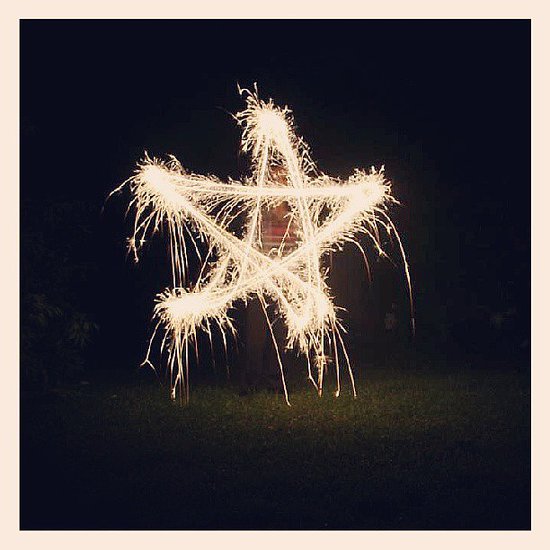
The following suggestions are best used when light painting with multiple people: one (or several) to control the light sources and another to work the camera. Use a shutter remote to control the camera if working as a one-woman photography unit.
- Set up a tripod — Light painting calls for long exposure times, which can cause slight unwanted shakiness (and not of the light paint streak variety) in the camera when held by hand. Set up a tripod like the Vista Explorer 60-inch tripod ($25). If a tripod isn't an option in your photography adventure, substitute another stable surface like the ground or a nearby table.
- Pick your light options — We used sparklers (which you'll want to be very careful with) and glowsticks in our Sony-sponsored light painting session, but you can look to practical light sources as well including flashlights, flashlight apps, or LED light-up keychains.
- Shoot in the darkness — If you're inside light painting, get to a dark room and make it even darker. When outside, get as far from street lights and cars as possible. Those "painting" the light should wear dark colors to limit their appearance in the picture, unless that's what you want.
Get to camera and shutter specifics after the jump.
- Put camera in manual — Set the camera to manual mode to manipulate settings as needed. Use manual focus when light painting so that the camera isn't constantly autofocusing and interfering with the finished photo effect.
- Adjust the shutter speed — Adjust the shutter speed to the longest setting possible. Some cameras may have up to a 30-second shutter speed, meaning once the shutter is pressed, the camera will capture light for 30 seconds. For more control of the shutter, use the bulb, which lets you have the shutter open for as long as desired; a press of the shutter button triggers it, and it won't close until let go.
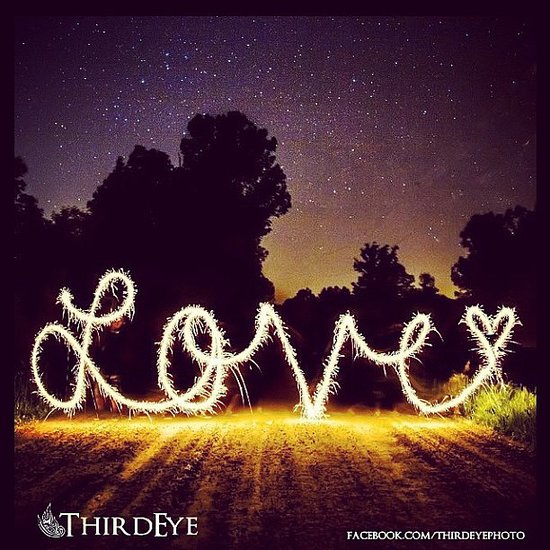
Should you want to also include a subject in the image, use a flash to capture more than just the paint streaks. Do you have light painting photos to share? Tag them on Instagram with #CoolCapture to be featured in our daily Cool Capture series.
















